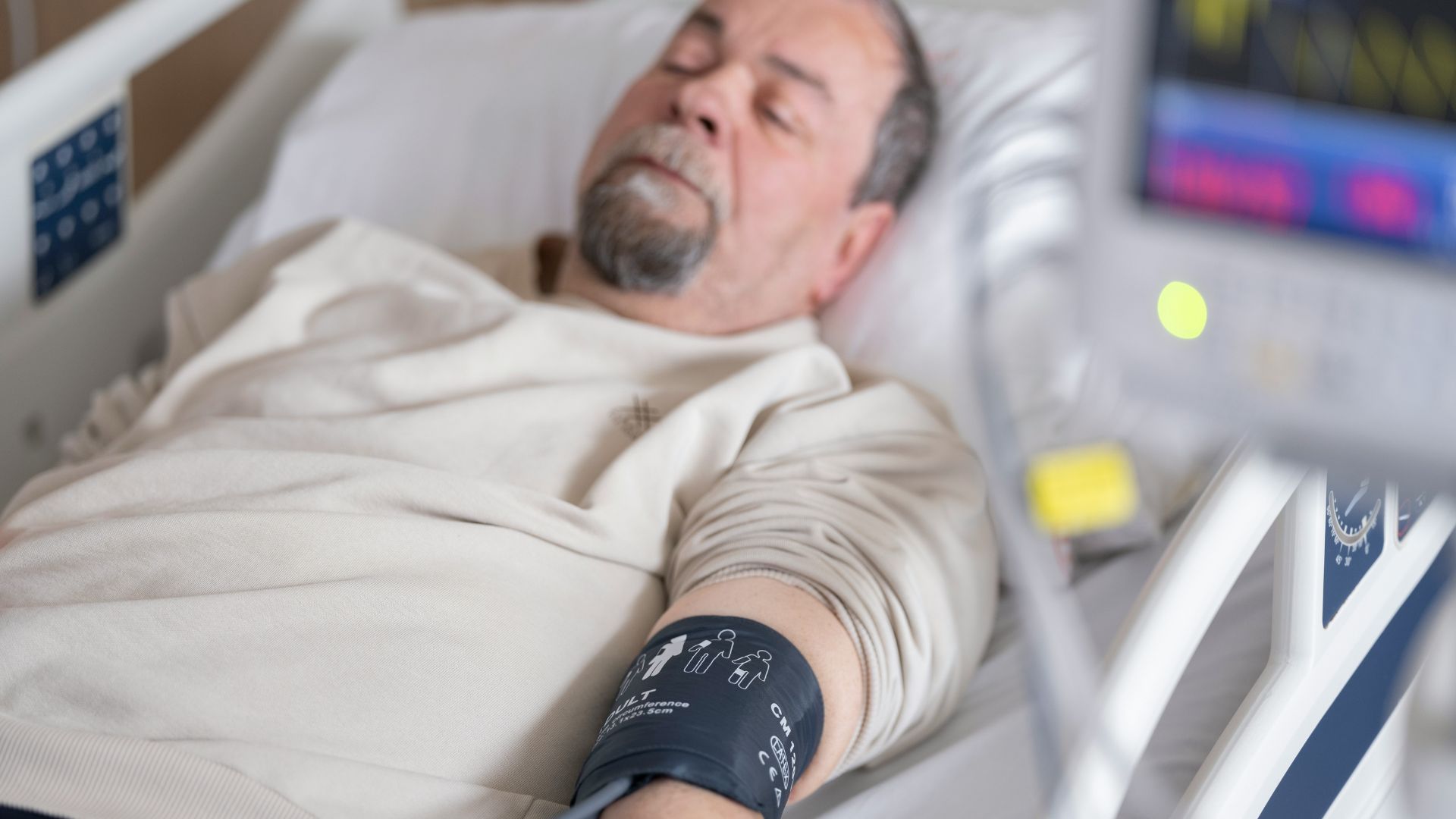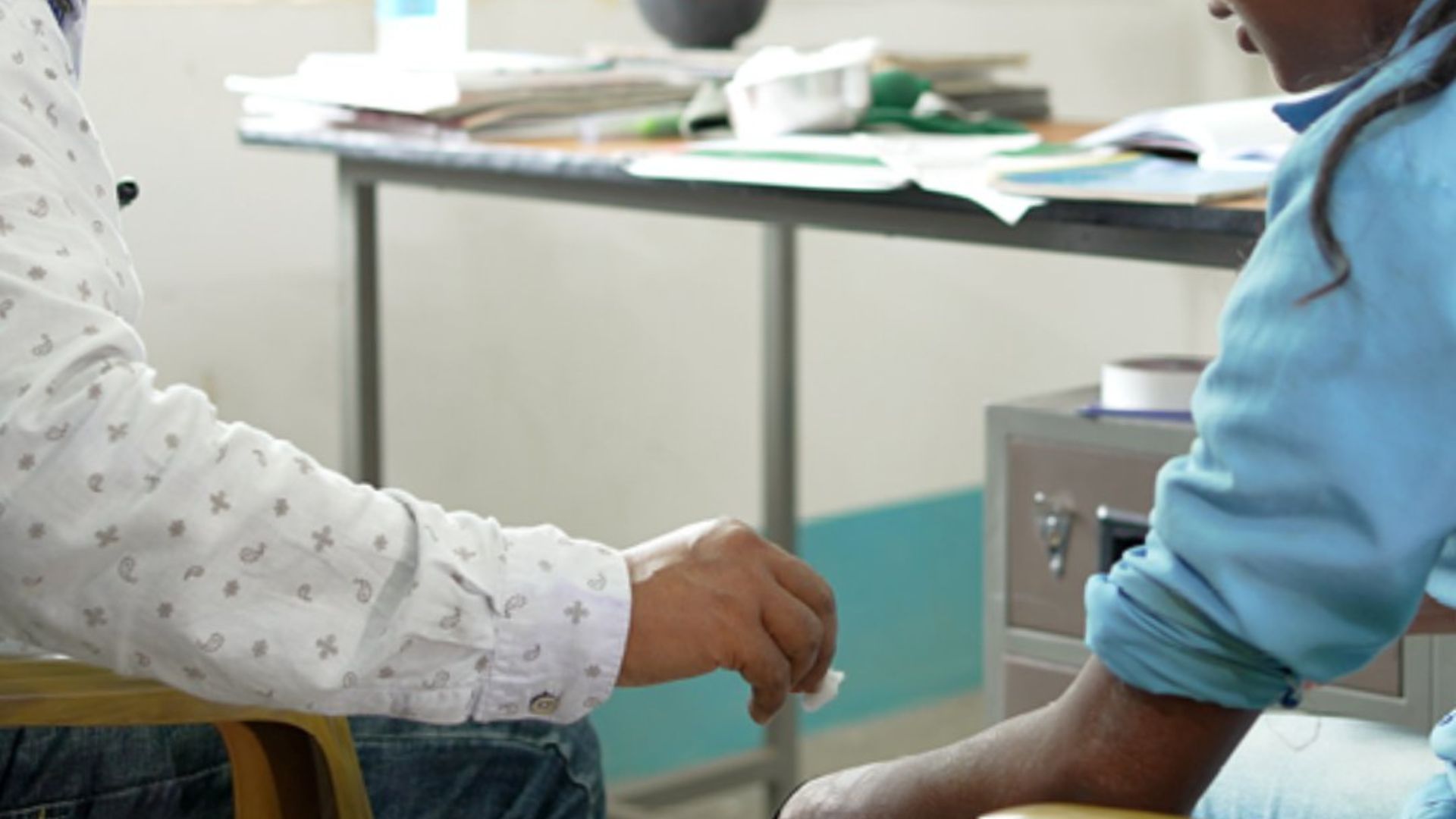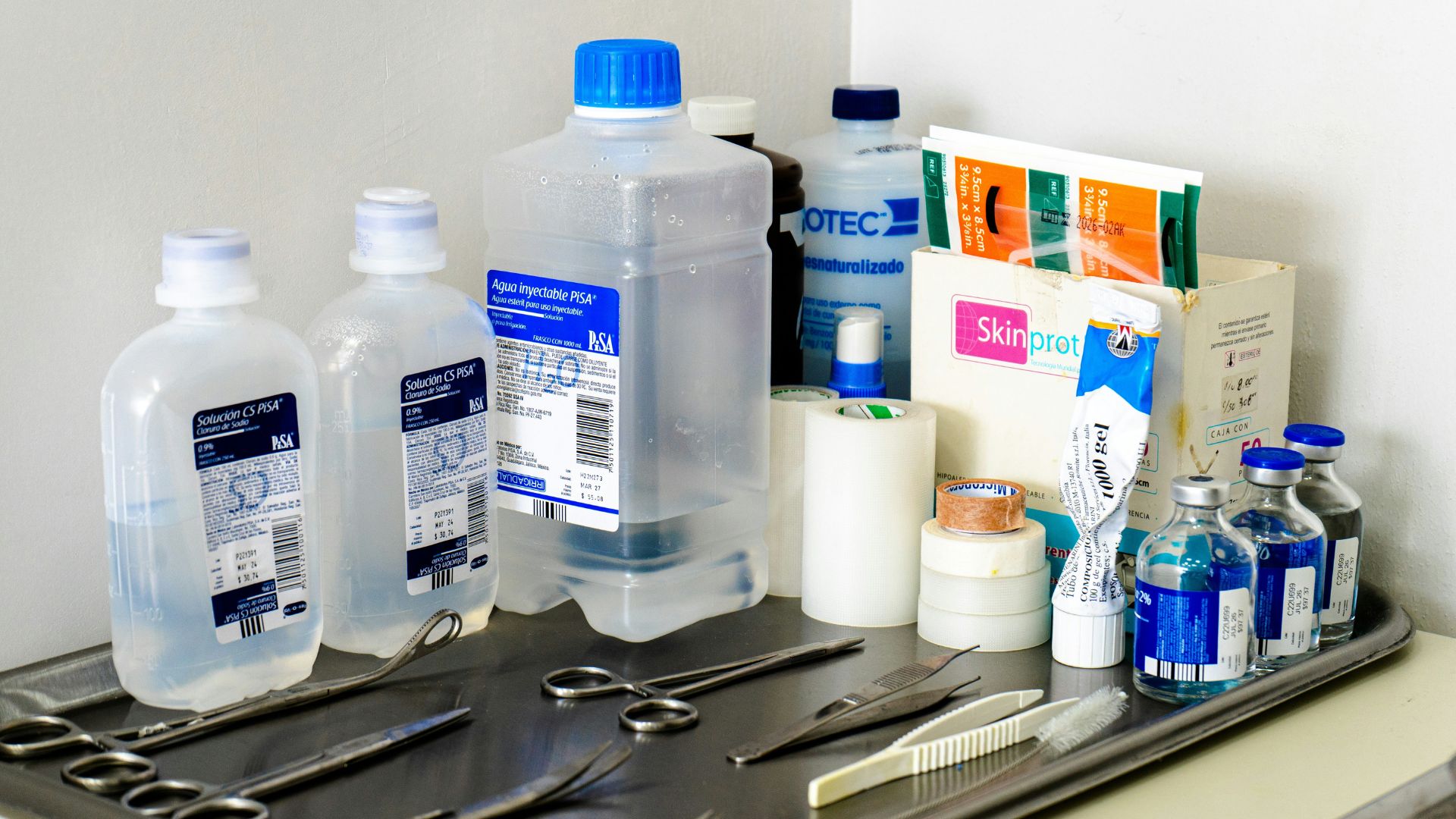A new report from the Centers for Disease Control and Prevention, published in their medical journal, outlines how leprosy cases rose in Florida and several surrounding states in 2020.
The increase is “locally acquired,” meaning that the infections have left researchers with more questions than answers as to how the millennia-old disease has been spreading through communities with access to modern medicine.
Key Facts of the Study

The study focused on one individual who contracted the disease after he hadn’t traveled domestically or internationally and hadn’t been in prolonged contact with any immigrants from leprosy-carrying countries.
The 54-year-old man had a rare but not unheard-of case of leprosy. Although the disease is generally spread from person to person, several cases have been identified where no prolonged contact is reported.
The Disease Has Become Endemic

Although the disease is relatively rare across the United States, cases have become endemic – meaning the constant presence of a controllable disease in a community that is treatable and preventable.
The report also showed worrying data that leprosy cases had risen in 2020, with Florida hosting the majority of cases. Researchers are now recommending that testing become more common in Florida health centers and hospitals.
Cases on the Rise in the Southwest

Although national cases decreased from 173 to 159 between 2011 and 2020, cases in the southeast have more than doubled over the past decade.
According to the Department of Health and Human Services, Texas, Hawaii, California, New York, and Louisiana account for 69% of all U.S. cases.
Central Florida Is at the Center

The study outlined how cases in Florida have increased. Central Florida makes up 81% of all the cases present in the state and one-fifth of all cases across the country.
This worrying trend has shown researchers that the disease may be mutating and spreading through alternate methods in the state.
Many Cases Are Brought In

Usually, leprosy cases come from countries where the disease is more common and poor hygiene practices and overcrowding make the disease easily spread.
More than 66% of cases are from people who immigrated from countries with high levels of leprosy, and only 34% are locally spread.
What Is Leprosy?

Leprosy is caused by a bacteria called Mycobacterium leprae. The bacteria affects the skin, upper respiratory tract, and eyes and causes painful physical deformities.
Although it can spread among people, the disease is actually quite difficult to catch. Scientists have noted that it can often take months of prolonged contact with a person, like living in the same home, to contract the illness.
Contagion Factors

According to the American Academy of Dermatology, the disease can be spread between people when someone coughs or sneezes. A handshake or a lengthy conversation is not enough to transmit the illness.
Leprosy can also be spread through zoonotic conditions. Researchers at Colorado State University found that humans making contact with wild armadillos in Brazil rapidly increased cases in the country.
What Are the Symptoms?

The illness’s symptoms are painful, deforming, and often irreversible. They include painful ulcers on hands and feet, nodules on the skin, discoloured patches all over the body, numbness, stiff, thick, or dry skin, loss of eyelashes and eyebrows, and painful facial and earlobes swelling.
Other issues that can occur are painful nosebleeds, stuffy nose and nerve damage, muscle weakness, and paralysis, as well as eye problems, which can lead to blindness and enlarged nerves around the neck, elbows, and knees.
Surprising Facts

Many people might not realize that leprosy is a curable disease. To treat the symptoms of the illness, doctors may prescribe multi-drug therapy, including antibiotics that last between one to two years.
Because the illness has such a lengthy timeline, it can often become antibiotic-resistant. For this reason, the patient should be closely monitored for new and worsening symptoms to ensure that the medication is still working and the harmful bacteria is slowly being killed off.
Biblical Connections

You might recognize the disease from multiple biblical stories. Early Israelites thought the illness was a form of punishment for divine wrongdoings and sins of man.
In the early days of civilization, there was no cure for the disease, so those suffering from it would often be excommunicated to leper colonies to contain the bacteria. This is also where the term “social leper” comes from, a person who cannot be integrated with society as they are a danger to others.
Can It Be Stopped From Spreading?

The best way to stop leprosy from spreading is to increase the level of testing done in hot spot areas. For now, this means increasing protocols in Central Florida, where the disease can be contracted without prolonged exposure.
As well, with many illnesses, testing could be required to enter countries to begin to mitigate the process of immigrants bringing in the illness.








































